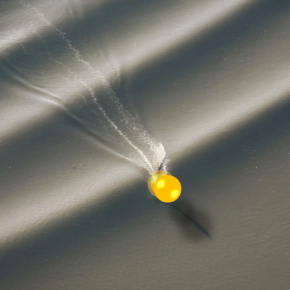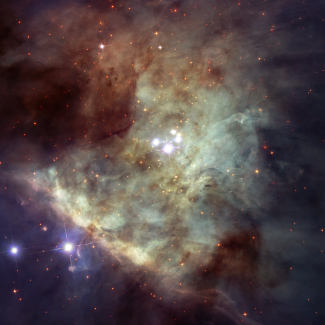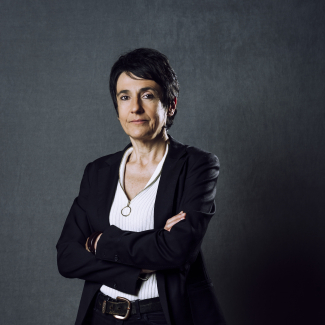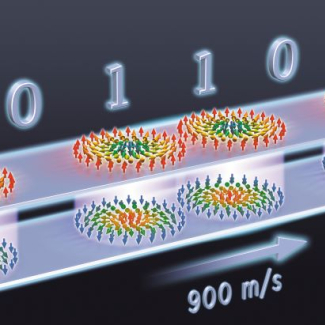
Quantum Physics: A New Surfboard for Electrons
The functioning of a quantum computer is based on the transmission of information between the network’s “nodes,” where this information is processed and redirected. Single electrons are transported by acoustic pulses, like a surfer riding a wave. This approach has proved very effective in the past, however synchronising the transport of electrons from different quantum nodes has posed a major challenge.
In a study published on 7 September 2022 in Physical Review X, an international research team led by a CNRS researcher1 imagined an acoustic wave with a single trough in which electrons can be lodged. This technique allows for synchronising multiple quantum nodes with great precision, for since the information is located in a fixed position, it is always delivered with the same timing. This acoustic wave can be created using a special “transductor” known as a “chirp,” which strongly compresses it down to the minimum of a single trough. The scientists demonstrated that the transport of electrons attained 99% precision. They also emphasised that this new technology is similar to that of laser pulses, but using sound instead of light. Like lasers, which have found new applications in many fields, acoustic pulses should have uses well beyond the field of quantum information processing.
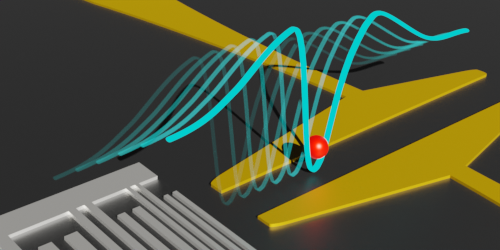
- 1From l’Institut Néel du CNRS. This research was conducted as part of an essentially French-Japanese collaboration, and was led in France by CNRS scientists with support from CEA-LETI.
Generation of a single-cycle acoustic pulse: A scalable solution for transport in single-electron circuits. Junliang Wang, Shunsuke Ota, Hermann Edlbauer, Baptiste Jadot, Pierre-André Mortemousque, Aymeric Richard, Yuma Okazaki, Shuji Nakamura, Arne Ludwig, Andreas D. Wieck, Matias Urdampilleta, Tristan Meunier, Tetsuo Kodera, Nobu-Hisa Kaneko, Shintaro Takada and Christopher Bäuerle, Physical Review X, the 7th of september 2022.
